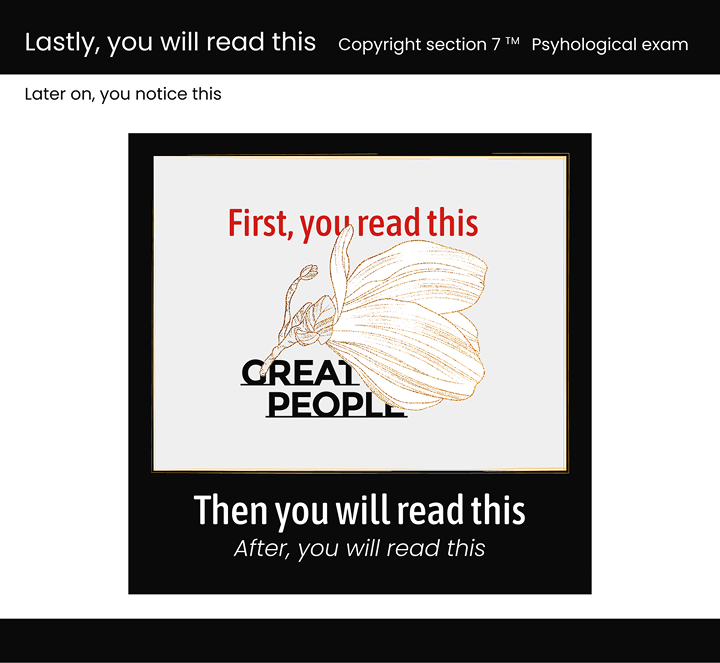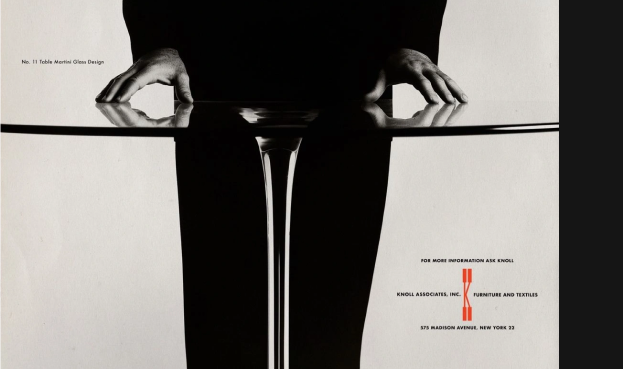


Modern web design isn’t just about color and shape — it’s about the art of directing attention.
Every element on a page — from a button to a blank space — is carefully designed to guide users exactly where a business wants them to go.
1. Color as Emotion
Warm tones make users act faster, while cool colors build trust. That’s why the “Order Now” button is almost always bright and contrasting — the brain reacts to color before it processes words.
2. Space as a Tool of Focus
Empty space around key elements increases visual attention. This technique is a cornerstone of Scandinavian design. Minimalism doesn’t mean “less” — it means “only what matters.”
3. Microinteractions and Movement
A gentle hover animation or a smooth content reveal isn’t accidental. Subtle motion makes the interface feel alive and responsive — it catches the eye and guides it where it needs to go.
4. Behavioral Design
Users rarely realize why they click. Designers rely on cognitive principles: the “end effect,” the “first-view zone,” and the “three-click rule.” These patterns shape user journeys — and conversions.
At Great People, we don’t just create beautiful websites and brands — we design attention.
Our approach combines psychology of perception with Scandinavian clarity, crafted here in Stenungsund. We believe that modern web design isn’t manipulation — it’s the art of gentle direction. Design should guide, not force.
Design guides attention but respects choice.
That’s the philosophy of Great People.






